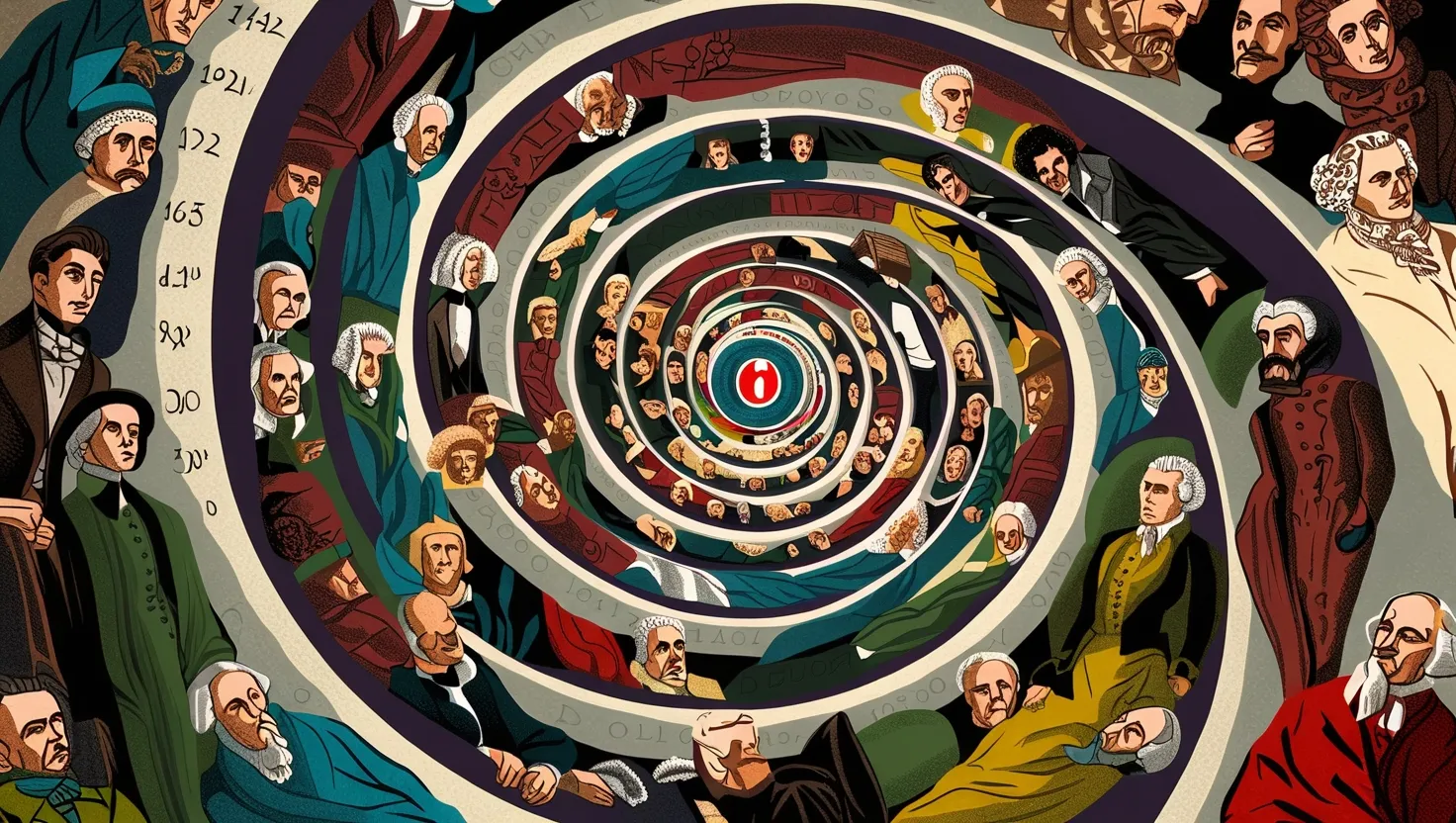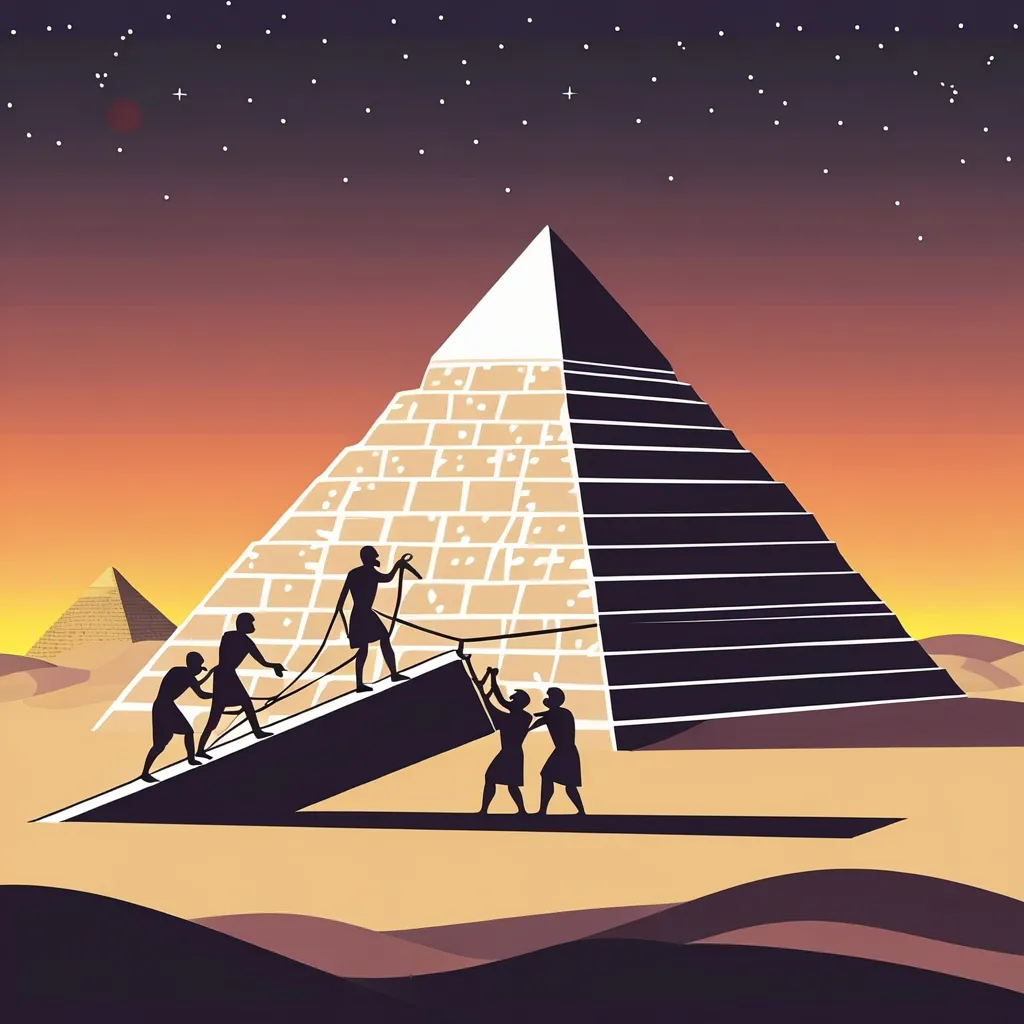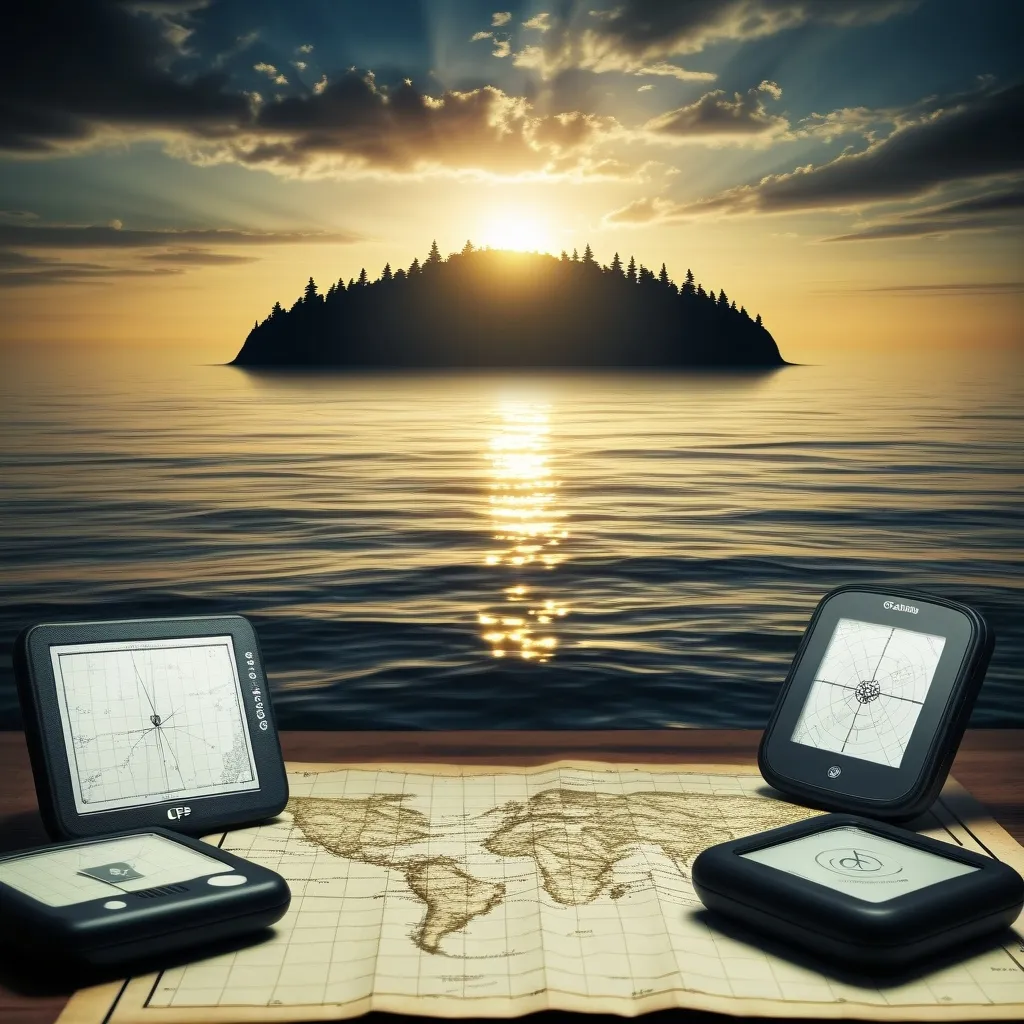As we delve into the annals of history, we often stumble upon coincidences that defy the odds and leave us pondering the intricacies of fate. Here are five historical coincidences that are so bizarre, they challenge our understanding of probability and invite us to consider the mysterious threads that weave through time.
The Lincoln-Kennedy Parallels
The lives and deaths of Abraham Lincoln and John F. Kennedy are intertwined by a series of eerie coincidences. Both men were elected to Congress in years ending in ‘46 and later to the presidency in years ending in ‘60. Their paths to the White House were marked by significant civil rights challenges, and both suffered the tragic loss of a child while in office. The similarities extend to their assassinations: both were shot in the head on a Friday, with Lincoln’s assassin, John Wilkes Booth, and Kennedy’s assassin, Lee Harvey Oswald, both having three names and being killed before they could stand trial.
The details are staggering. Lincoln was seated in theater box number seven at Ford’s Theater, while Kennedy was riding in the seventh car of his motorcade. Both successors, Andrew Johnson and Lyndon B. Johnson, shared a surname and were born a century apart. These coincidences, while individually intriguing, collectively paint a picture that is both haunting and fascinating.
The Titanic’s Fictional Premonition
In the realm of maritime disasters, the sinking of the Titanic stands as one of the most infamous tragedies. What is less well-known is that this disaster was eerily foretold in several works of fiction. W.T. Stead’s 1886 short story, “The Sinking of a Modern Liner,” describes an ocean liner colliding with another vessel and sinking due to a lack of lifeboats. Stead’s own fate was sealed when he boarded the Titanic in 1912, only to meet his end in the very disaster he had prophesied.
Another striking example is Morgan Robertson’s 1898 novella, “Futility, or the Wreck of the Titan.” Here, a ship called the Titan, deemed unsinkable, hits an iceberg and sinks in the North Atlantic. The parallels are uncanny: the Titan’s dimensions, speed, and even the location of the iceberg are all eerily similar to the real Titanic’s fate. These fictional accounts not only foreshadowed the tragedy but also highlight the power of imagination and the sometimes unsettling accuracy of creative vision.
Identical Twins Separated at Birth
The story of identical twins separated at birth is a fascinating exploration of genetics versus environment. One of the most remarkable cases is that of the Jim twins, who lived parallel lives without ever knowing each other. Both men were adopted by different families and yet shared an astonishing number of similarities: they both married women named Linda, had sons named James, and even worked as part-time mechanics. These twins, and others like them, offer a unique window into the role of genetics in shaping our lives and behaviors.
Their stories underscore the complex interplay between genetic predispositions and environmental influences, raising questions about the nature of identity and the extent to which our lives are predetermined. The Jim twins’ case is particularly compelling, as it suggests that despite being raised in different environments, genetic factors can lead to remarkable similarities in personality, preferences, and life choices.
Mark Twain’s Cosmic Coincidence
Mark Twain, the celebrated author of “The Adventures of Tom Sawyer” and “The Adventures of Huckleberry Finn,” had a life marked by a peculiar cosmic coincidence. He was born on November 30, 1835, just two weeks after Halley’s Comet’s perihelion (its closest approach to the Sun). In a remarkable twist of fate, Twain died on April 21, 1910, just one day after Halley’s Comet’s next perihelion.
This coincidence is not just a curiosity but also a reflection of Twain’s own fascination with the cosmos and the mysteries of life. His writings often explored themes of fate and destiny, and his own life seemed to embody these themes in a way that is both poignant and profound.
The Curse of Timur’s Tomb and World War II
In the realm of historical coincidences, few are as intriguing as the supposed curse of Timur’s tomb. Timur, also known as Tamerlane, was a Central Asian conqueror whose tomb in Samarkand, Uzbekistan, was said to be cursed. According to legend, anyone who disturbed the tomb would face dire consequences.
In 1941, Soviet archaeologists exhumed Timur’s remains, and shortly thereafter, Nazi Germany launched its invasion of the Soviet Union, marking the beginning of a brutal and devastating phase of World War II. The coincidence is striking: the disturbance of the tomb seemed to coincide with a significant escalation of global conflict.
While this can be dismissed as mere superstition, it highlights the human tendency to seek patterns and meaning in historical events. The curse of Timur’s tomb has become a part of folklore, symbolizing the unpredictable nature of history and the sometimes inexplicable connections between seemingly unrelated events.
The Impact on Public Perception
These historical coincidences have a profound impact on public perception, often fueling conspiracy theories and beliefs in fate or predetermined destiny. They challenge our rational understanding of the world, inviting us to consider the possibility of forces beyond our control.
The Lincoln-Kennedy parallels, for instance, have led many to speculate about the existence of a larger, interconnected web of events that transcend mere chance. Similarly, the premonitions of the Titanic’s sinking have been interpreted as evidence of a collective unconscious or a form of precognition.
Conclusion
Historical coincidences like these remind us that history is full of mysteries and ironies that defy easy explanation. They prompt us to reflect on the nature of probability and the human experience, encouraging us to look beyond the surface level of events and consider the deeper connections that bind us.
In the end, whether these coincidences are seen as mere chance or as part of a larger cosmic plan, they enrich our understanding of history and our place within it. They serve as a reminder that, despite our best efforts to predict and control, the world is full of surprises, and sometimes the most improbable events can become the most enduring legacies of our shared human story.






